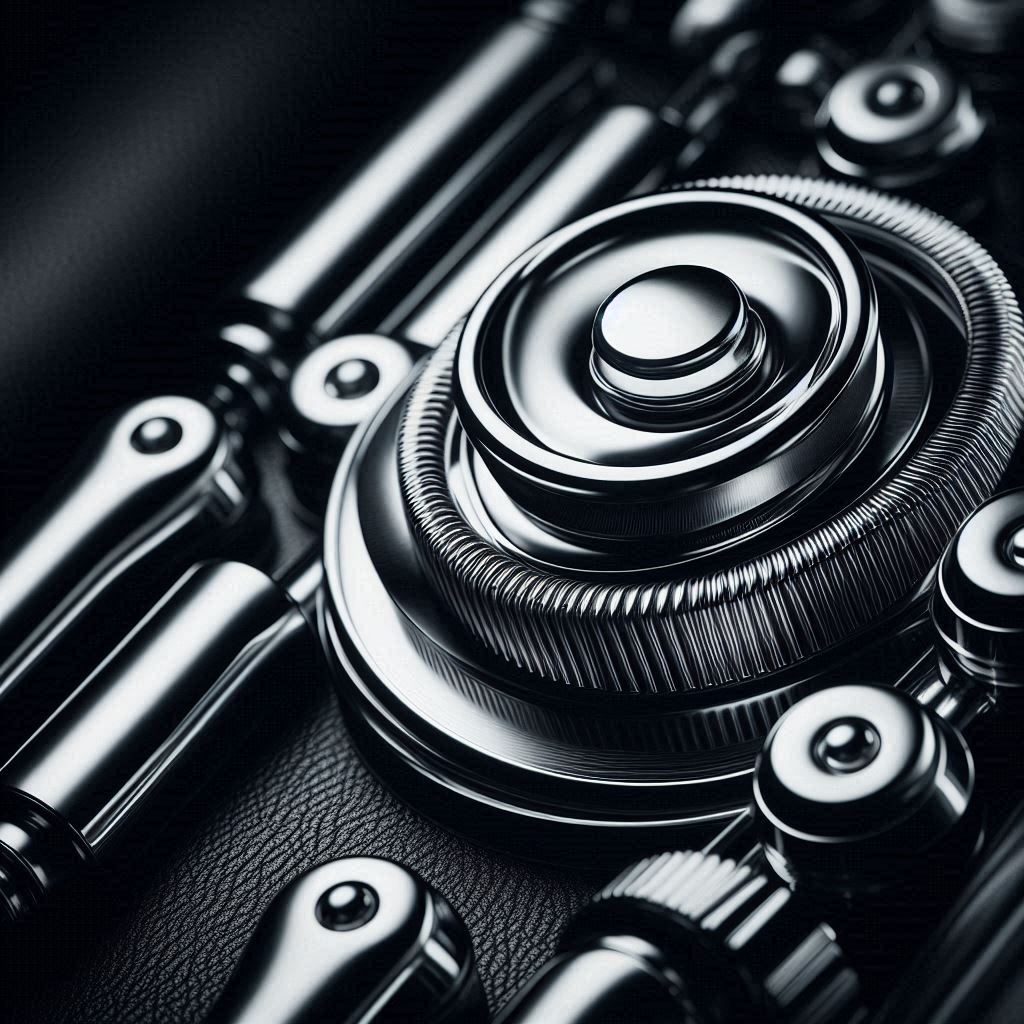Hood Bonnet Pins

In the realm of automotive enthusiasts, there’s a small yet crucial component that often goes unnoticed but plays a significant role in both safety and aesthetics: hood bonnet pins. These humble pins serve as a vital connection between a vehicle’s hood and body, ensuring it stays securely shut even under the most demanding driving conditions. In this comprehensive guide, we’ll delve into the world of hood bonnet pins, exploring their history, types, installation process, benefits, maintenance, and common issues.
Introduction
You’re cruising down the highway, the wind in your hair and the roar of the engine beneath you. Suddenly, a slight bump causes your hood to pop open unexpectedly, obstructing your view and sending your heart racing. This nightmare scenario is precisely what hood bonnet pins aim to prevent.
What are Hood Bonnet Pins?
Definition
Hood bonnet pins, also known simply as bonnet pins or hood pins, are mechanical fasteners used to secure a vehicle’s hood in place. Consisting of two main parts – a pin and a latch – they provide an additional layer of security beyond the standard hood latch mechanism.
Purpose
The primary purpose of hood bonnet pins is to prevent the hood from accidentally opening while driving, which can result from factors such as high-speed winds, vehicle vibrations, or worn-out hood latch components.
History of Hood Bonnet Pins
The origins of hood bonnet pins can be traced back to the early days of automotive racing. In the pursuit of maximum performance, race car drivers sought ways to ensure that their vehicle’s hood remained securely shut during high-speed maneuvers. Thus, the concept of hood bonnet pins was born.
Types of Hood Bonnet Pins
Traditional Hood Bonnet Pins
Traditional hood bonnet pins consist of a steel or aluminum pin that passes through a hole in the hood and body, secured in place by a retaining clip or lock. While effective, they require manual manipulation to open and close, making them less convenient for daily driving.
Quick Release Hood Bonnet Pins
Quick release hood bonnet pins feature a spring-loaded mechanism that allows for rapid installation and removal without the need for tools. Popular among performance enthusiasts, they offer a perfect blend of security and convenience.
How to Install Hood Bonnet Pins
Tools Required
Before embarking on the installation process, gather the following tools: a drill with appropriate drill bits, a wrench or socket set, masking tape, and a marker.
Step-by-Step Guide
- Positioning: Determine the optimal placement for the hood bonnet pins, ensuring they are evenly spaced and aligned with the hood latch mechanism.
- Marking: Use masking tape and a marker to outline the drilling locations on both the hood and body of the vehicle.
- Drilling: Carefully drill holes at the marked locations, ensuring they are the appropriate size for the hood bonnet pin.
- Installation: Insert the pins through the holes in the hood and body, securing them in place with the provided hardware.
- Testing: Verify that the hood bonnet pins latch securely and that the hood closes properly without interference.
Benefits of Using Hood Bonnet Pins
Enhanced Safety
By providing a secondary means of securing the hood, bonnet pins reduce the risk of accidents caused by hood latch failure, ensuring the safety of both the driver and other road users.
Improved Aesthetics
Beyond their practical function, hood bonnet pins add a touch of race-inspired style to any vehicle, enhancing its overall appearance and distinguishing it from the crowd.
Increased Hood Rigidity
In addition to securing the hood in place, bonnet pins help to minimize flexing and distortion, especially on lightweight or aftermarket hoods, thereby improving aerodynamics and stability.
Maintenance Tips for Hood Bonnet Pins
Regular Inspection
Periodically inspect the condition of the hood bonnet pins, paying attention to signs of wear, corrosion, or misalignment. Address any issues promptly to prevent safety hazards.
Lubrication
Apply a lubricant to the moving parts of the hood bonnet pins to ensure smooth operation and prevent rust buildup. Be sure to use a lubricant that is compatible with the materials used in the pins.
Common Issues with Hood Bonnet Pins
Rust and Corrosion
Exposure to the elements can cause hood bonnet pins to rust over time, compromising their structural integrity and reliability. Regular maintenance and proper lubrication can help mitigate this issue.
Misalignment
Improper installation or adjustment of hood bonnet pins can result in misalignment, leading to difficulties in latching and potential hood movement while driving. Realign the pins as needed to ensure proper function.
Latest post
1 thought on “Hood Bonnet Pins: Enhancing Safety and Style”